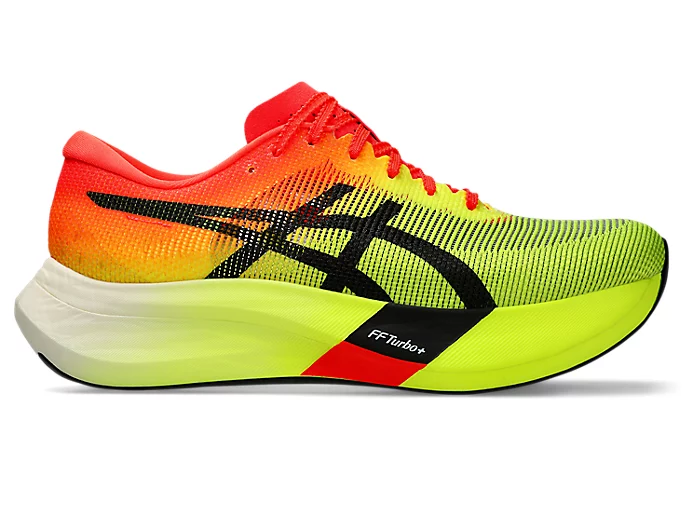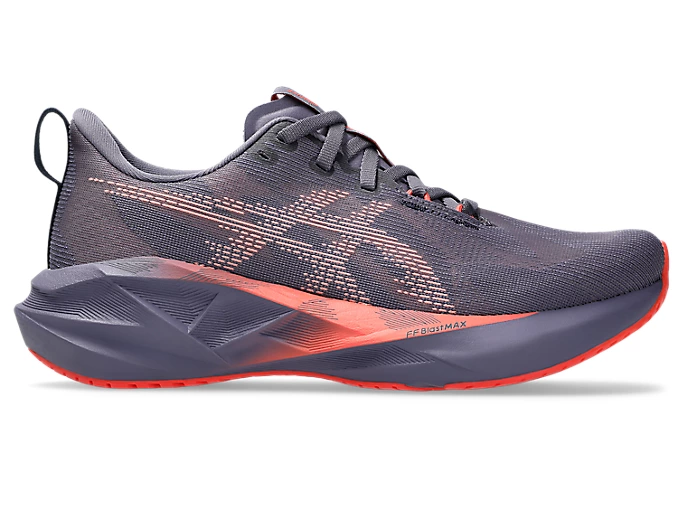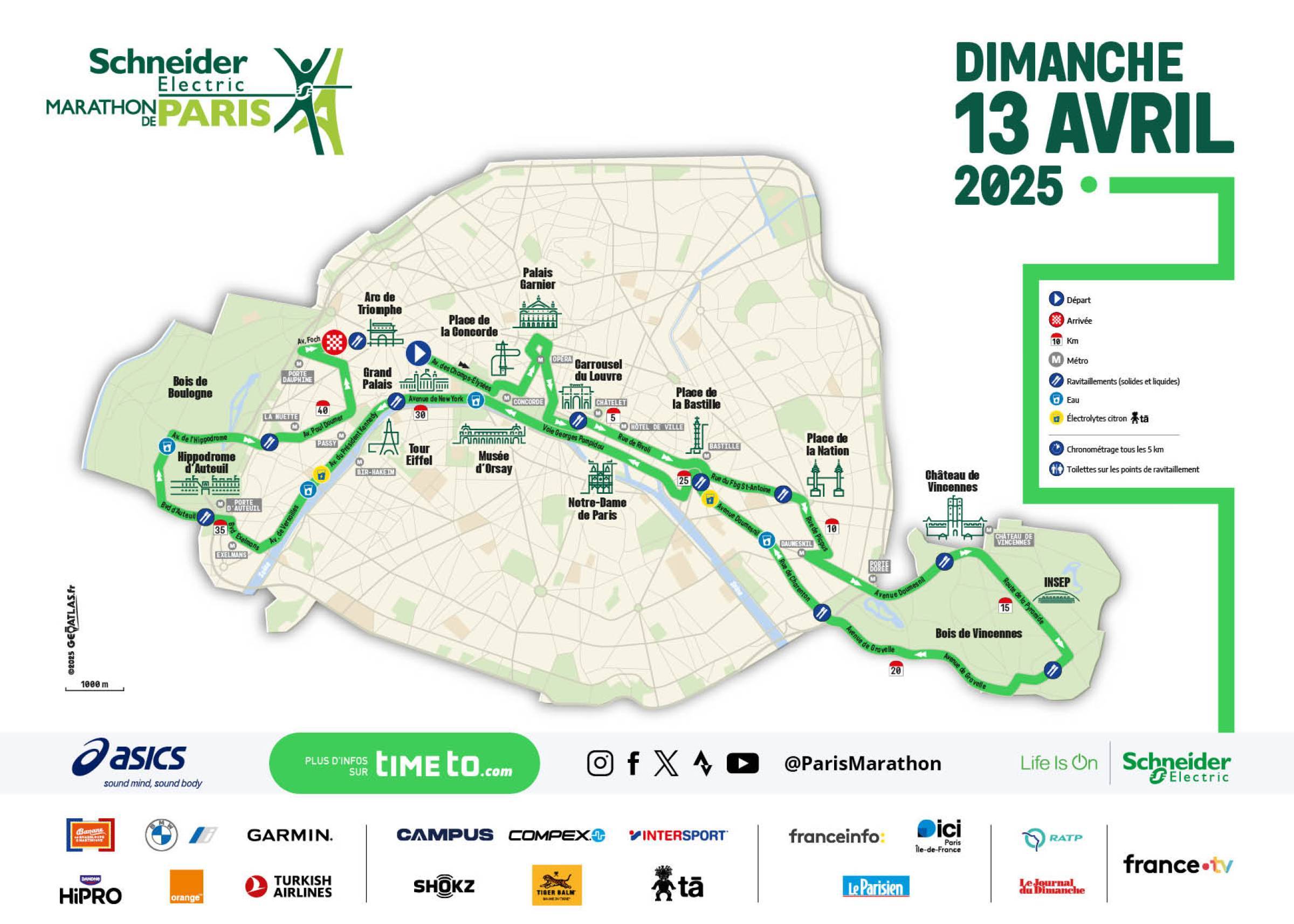I ran the Paris Marathon
Pushing back the limits

This is it! I ran the Paris Marathon in less than 4hours! I am super proud. Let me guide you in more details through my adventure.
The why
The first thing to ask to a runner is “Why do you run?”. As a woman, I am deeply motivated to run a marathon not only to challenge my physical and mental limits but to honor the awesome women who genuinely fought to allow women to run marathons. Actually, the first women who ever managed to officially ran a marathon is Kathrine Switzer. Because she signed up with her initials, she was accepted in the race and could start at the Boston Marathon in 1967. Despite being officially registered, she faced hostile attempts during the race, from the race manager, to remove her from the course simply because she was a woman. Her courage symbolized defiance against the outdated beliefs of that era, which claimed women were too “fragile” for long-distance running. Incredibly, many even believed running could harm a woman’s reproductive health, leading to absurd restrictions and the promotion of “feminine” activities like dance and gymnastics instead. Today, as I lace up my running shoes, I carry the legacy of her fight for equality and celebrate the strength of women everywhere who continue to defy limits, inspiring future generations to do the same. Today, I can run the Paris Marathon 50 years later because of women like her.
Training
Well, a few months ago I was not a big runner. I am very sporty overall, doing a lot of cycling and dancing, but I was not running more than 50kms a year or so. Last year in October I ran my first half-marathon in Dresden, and made it in 1:59:41, right below the 2hours. I trained for that of course, but a bit randomly. I ended up the race with a terrible knee pain and had a plantar fascitis which re-started. I took a big break in November and started to run a lot again in December.
Then, from January I started a very serious training plan, thanks to the Kiprun app from Decathlon, which is for free and which works amazingly. BUT things happened. I caught covid twice and couldn’t do any sports for 10 days each. On top, I went skiing twice and couldn’t run during that time. So let’s say in the end my training started really mid-February. I plan to train 4 times per week, and I mostly stuck to it from February (minus skitrip and sickness days). I really enjoyed the Kiprun app, because it was planning not boring sessions. In general, it was 1 MAS / highspeed session with 30 minutes warm-up and a few minutes of cooldown, then 1 chill recovery run, 1 mid speed session, and 1 long run on Sunday. I listened to so many podcasts or to some music during my sessions, but I was also training not to run without music or anything because on the race day, I wanted to run without any music to be aware of my environment. I bought trainers (Asics Novablast 5) and racing shoes (Metaspeed Sky Paris) with carbon plates.


The thing is, I bought the shoes in a size similar to my street shoes, which was a big mistake. For the Asics brand I wear, trainers should ideally be one size larger than my normal size, and competition shoes should be one and a half sizes larger. Well, guess what happened during the training, my foot was once hitting really hard the front of the shoe and I got a hematoma under the big toe nail, which turned into a black nail, well known to runners. To this day, I still don’t know if my nail is gonna fall or if it’s gonna stay in place. But given the speed of growth of a toe nail, I’m stuck with the black nail (or a lost nail) until at least next year. It was very scary for me to have this black toe, I read that you can pierce the nail to evacuate the blood from it, or that you should go to a chiropodist to make the nail pop. I’m traumatized just thinking about it. My advice: do a ‘Marathon’ lacing on your running shoes. It prevents the foot from slipping to the front. Another advice is to buy new shoes in a bigger sizeif your budget allows it. I ended up buying the same race shoes (250 euros gone AGAIN) 3 weeks before the marathon in 40.5 (European size), while my first shoes were in 39.5. During the training phase, while increasing the length of the long runs and the training time in general, I started to have blisters on my big toes. The big toe rubbed against the little toe next to it. I had to pierce the blisters (yuck) and stopped running for a few days to heal. Eventually, on the race day I had the biggest blisters I ever had and stopped running for more than a week!
I had some strong fatigue during the training. I noticed that during the MAS / highspeed sessions I could barely reach 180 bpm, whereas my max is around 202 bpm. Also, I couldn’t complete the MAS test because it was right after I had covid… So I estimated it, a bit above what I achieved during the test when I was not in good shape. So my MAS was set at 13.5 km/h. During these fatigue episodes, I was also continuing to go to dance classes, cycling, going to swim and barely had a rest day in the week. I fell asleep after cycling on Saturday afternoon after a dramatic schedule: Normal training week. Sunday. Long distance run. Monday. Dance class. Tuesday. MAS Run session. (sometimes also dance class on top). Wednesday. Recovery run session. Thursday. Swimming. Friday. Run session. Saturday. Cycling. Sunday. Long distance run.
Once on a Sunday after all this, I could only do my long distance session at 7’00 per kilometer. My heart rate couldn’t go up. Afer that I decided to cut the cycling and the swimming part and focus on running. I learned to listen to my body more.
During my trainings, I found motivation by listening a lot to podcasts or music. When you are on a recovery run at a slow pace, there’s nothing better than a good podcast or some music. Also, to find motivation, having coaches and listening to RMC running podcast were super helpful. The podcast was following normal people who were preparing for the Paris Marathon too, as they received a coaching package / start number from RMC. A lot of my questions could be answered through my interactions with other runners, I could learn from the experience of people who already ran a marathon, who already had a black nail etc.
Goals
Although I couldn’t do the MAS Test (Maximum Aerobic Speed Test) at the beginning of the training plan because I was so often sick, I managed to figure out my MAS should be around 13.5km/h. I then set a goal to run the marathon at a pace of 5:30/km, which sounded doable. This would be a target time of 3:52:05 for the marathon. My second (and main goal) was to finish in less than 4 hours.
Pre-race
Before the race it is super important to do carbs loading. I was eating a lot of pasta, rice and potatoes. We tried to avoid restaurants, but since it was in Paris, I wanted to visit my friends and family too. Well we ended up doing pasta parties with friends and family at home. I went on the Friday to the marathon village / running expo. There were big sponsors like Asics, you could find everything related to running equipment, running events, etc. It was held in the Paris Expo Porte de Versailles. The location was huged and well organized. It was perfect to come on Friday, but there were already a lot of people! We spent 3hours and half inside! I bought gatosport for the first time on the advice of some friends, I also bought for the first time running gums. I created a gigantic panel with a photo of my face on it to give to my fellow supporters.
Route
If you want to get an idea of the route on video.

The route is super scenic, starting from the Champs-Elysées, downward start, arrived on the PLace de la Concorde, then a turn to the right, going through place Vendome to finally go around the beautiful Opéra Garnier. Then straight on Rivoli street, Place de la Bastille, Place de la Nation, Chateau de Vincennes, then a hilly run in the Bois de Vincennes, coming back on the bank of the Seine, reaching the Bois de Boulogne and then coming back from the top of the Trocadero to the Avenue Foch and its finish line.

The difficulty of the Paris Marathon resides in a lot of small hills, especially in the tunnels and bridges crossing on the part on the banks of the Seine, or also a good climb to go up the Trocadero at km 39, and some parts without supporters in the Bois de Vincennes especially. You usually don’t do your PR on this marathon, this is a reason why it is a good one to start with for a baby marathonian.
Race
My start wave is at 09:24, so I decide to wake up around 07:00 to have at least 1 hour of digestion before the start of the race. This is not a lot I know, but on the Gatosport package it said that it can be taken up to 1 hour before the start of a sport event, so yes I knew I just bought it and never tested it before, but I took it for breakfast. I wear my running outfit, well prepared yesterday evening, with my bib number pre-pinned etc, and I leave at 8:35. The hotel is 1.5km away from the Arc de Triomphe, the starting location. I only take my old French phone with me, one I don’t have internet on. I run as it is my warmup. I miss the street I was supposed to take, manage to go back on track. I arrived to the Arc de Triomphe, I even stop to take a picture of the Champs Elysées where the starting waves blocks are located. Then I realize that the drop-off area is quite far away, you have to go down avenue Foch super far away to enter the drop-off zone. I start to run again, I see time passing…. I feel like I will never make it to my starting wave! I finally manage to enter my start zone at 09:20, a bit panicked. There are so many people, going forward to the start line already. I try to move forward as far as possible as I don’t want to start too late. I managed to start at around 09:45 I think. At the start line, they block people with ropes to have very small starting waves. Every 15 seconds or so a group start from the left or the right side of the starting line. Then suddenly it’s my turn! I feel motivated, scared, a bit cold now that I was not running for 20 minutes. Let’s go! I start, trying to immediately stick to the target pace, 5’30 per kilometer. It feels immediately like there is a lot of place around me, which is cool. People around me have fairly the same pace, which is re-assuring, I want to find people who can hold my pace. Right before the first aid station at km 5, I start eating my first gel. It fells really bad on my stomach. On Rivoli street, I find a woman and a man running at the exact same speed as me. I start following them. They have very visible orange t-shirts and I follow “Nelly” as written on her t-shirt. My brain turns into automatic navigation as I follow. I wonder whether I’ll be able to hold the pace till the end. At Place de la Nation, the crowd is dense and cheering loudly. I hear a former colleague supporting me, which give me a big boost of energy. Then the run is going in Bois de Vincennes, where there are way less supporters and the track is a difficult, quite hilly. There is a happy descent, back in the crowded streets to Place de la Bastille, then I see again my colleague with her baby (so cuuute) cheering and it gives me a big boost again. In the meantime I lost track of “Nelly”. I went faster than her in Bois de Vincennes. We arrive on the quais de Seine. It is a very diffuclt part, going up and down, crossing tunnels. Towards Eiffel Tower, the path is super crowded and it gets thiner and thiner. It starts to be difficult to go through the crowd of runners. At some point I try my new running gums that I bought at the running village. The taste was so yummy when I tried them, I thought it would be great to have them. The only problem is that while running, it is so hard to chew the gums. I see my family and my friends cheering out for me near Eiffel tower. I told myself to keep the pace until km35, and I start to slow down a bit, as it gets harder and harder. But at some point I see Nelly again, still at the same regular pace at 5:30 min/km, so I start following her again and it’s awesome because she cuts a path through the crowd for me, and then we switch position me at the front and do the same. We go through the finish line almost together, even accelerating at the very end! I talk to her a bit, congratulating her, thanking her, and crying a bit at the same time. I checked later online and we had the exact same time. What a race! I can barely walk Avenue Foch up to the bag drop-off near Arc de Triomphe. My legs hurt so, so much. I never felt that before!
Post-race
After the race, it was quite painful for the next 2 days in the legs, especially I had the impression that my hip was dislocating at every step. I had enormous blisters on my big toes despite using compeeds. I had to pierce them and cut the skin, suffered for a week from it. After 10 days I started running again, just a chill 5kms and I felt like a grandma. Now things are back to normal, and I’m not resting on my laurels since I registered to do a half-ironman on the 1st of June!
 Harmony
Harmony